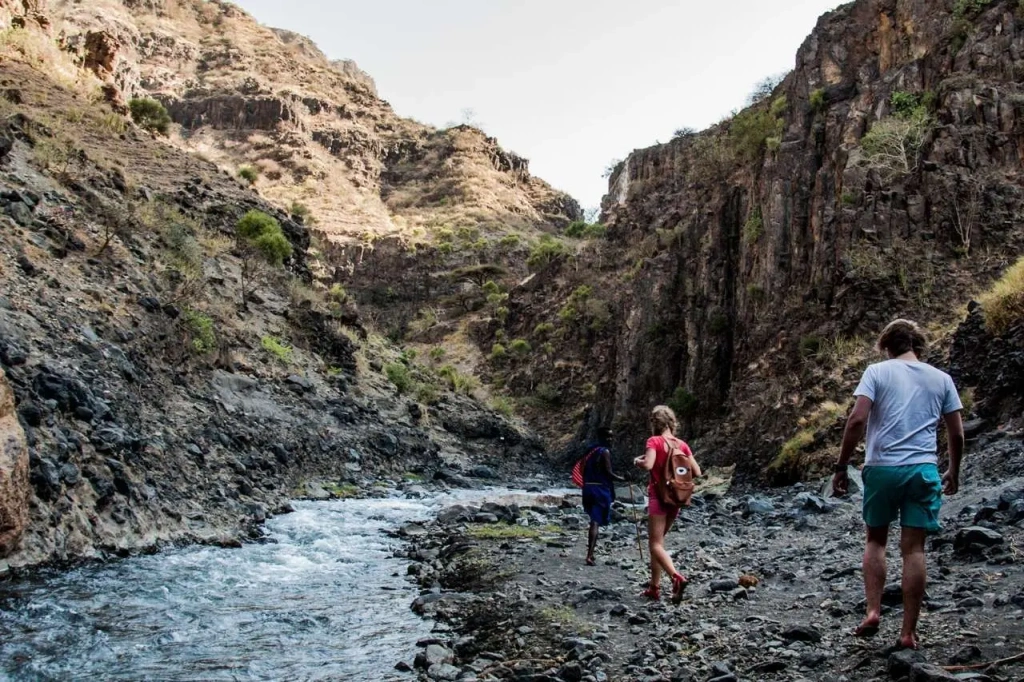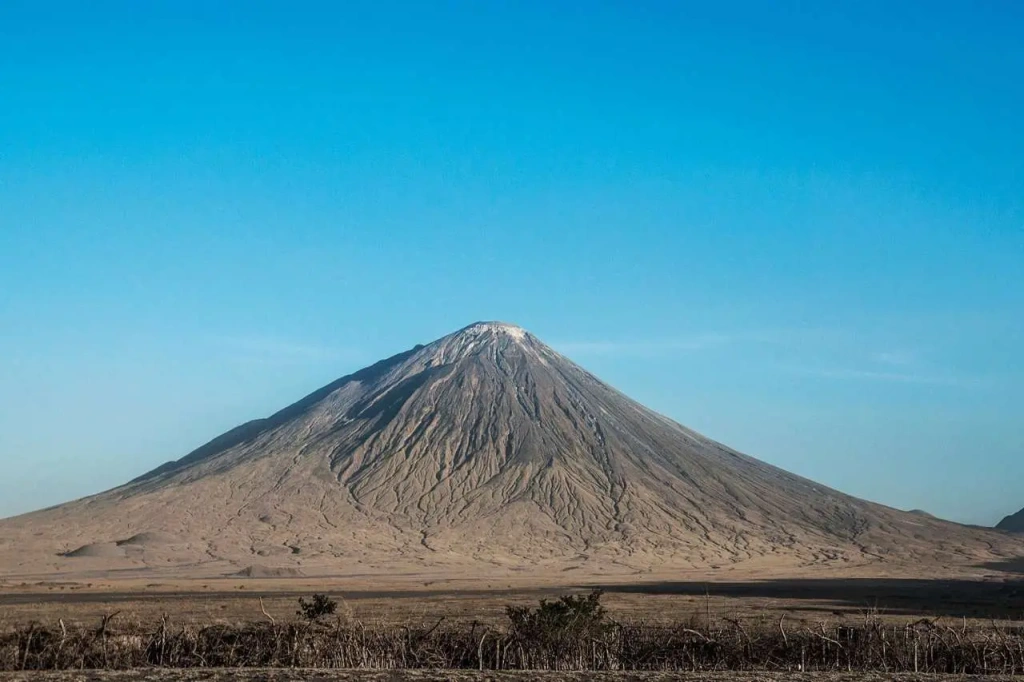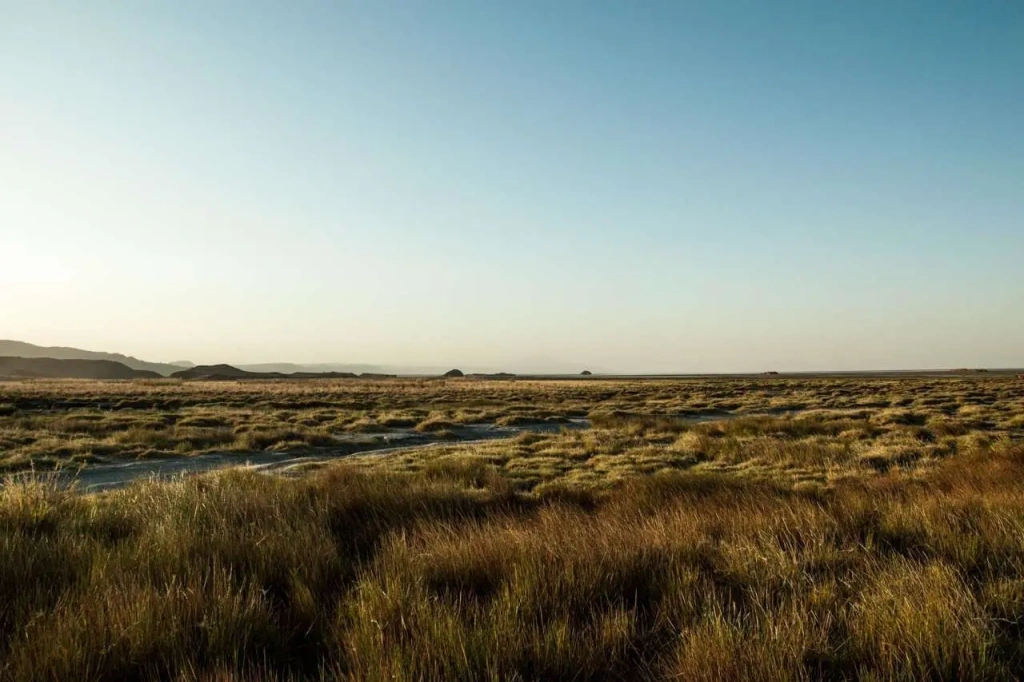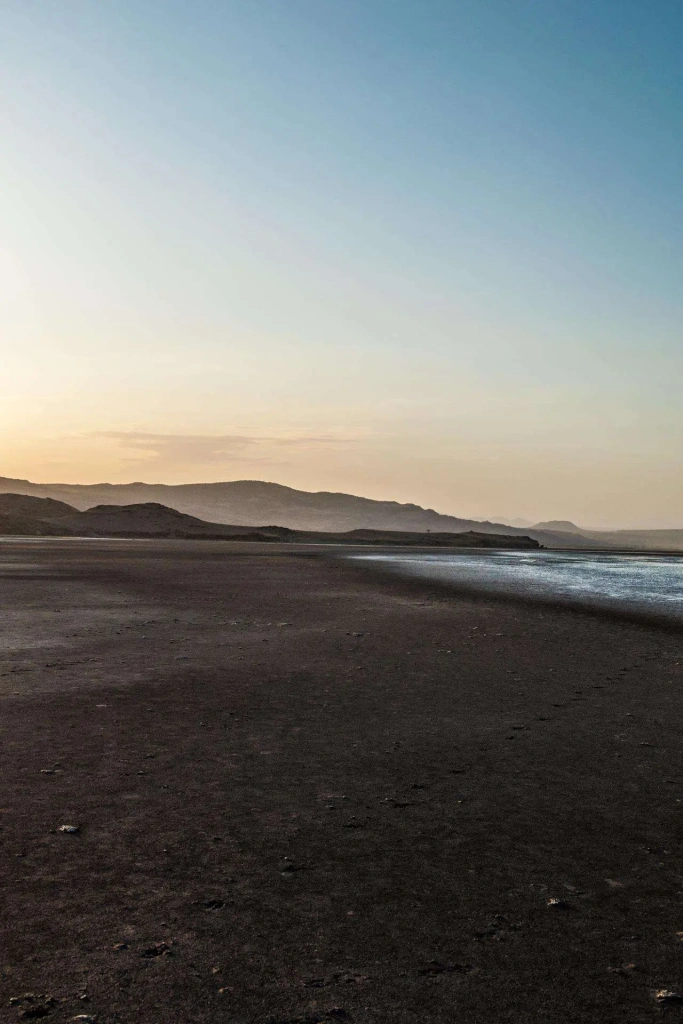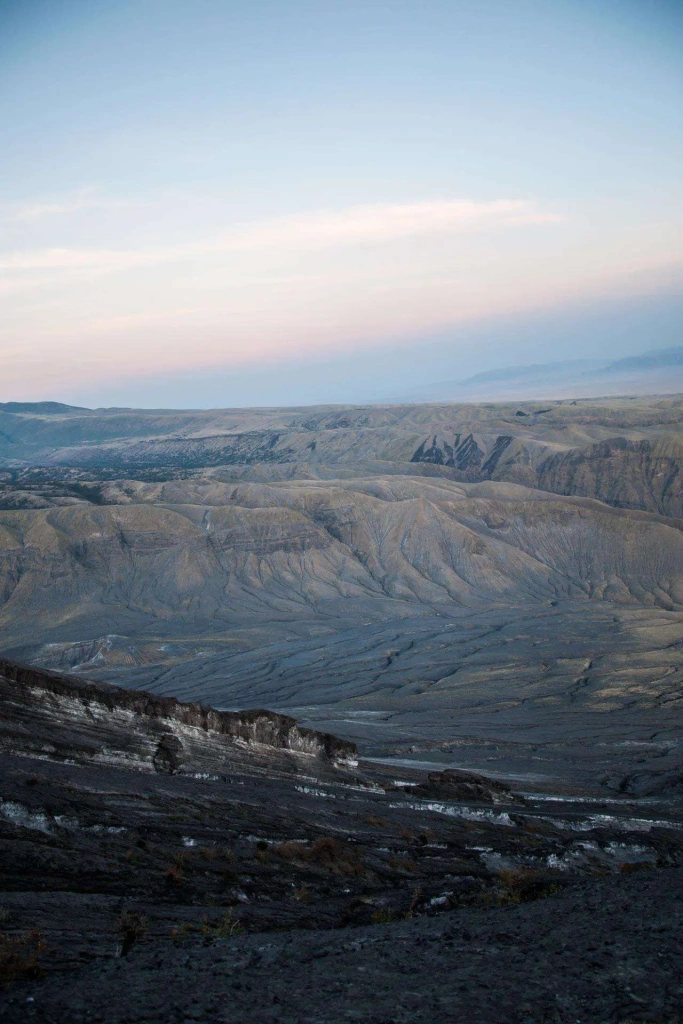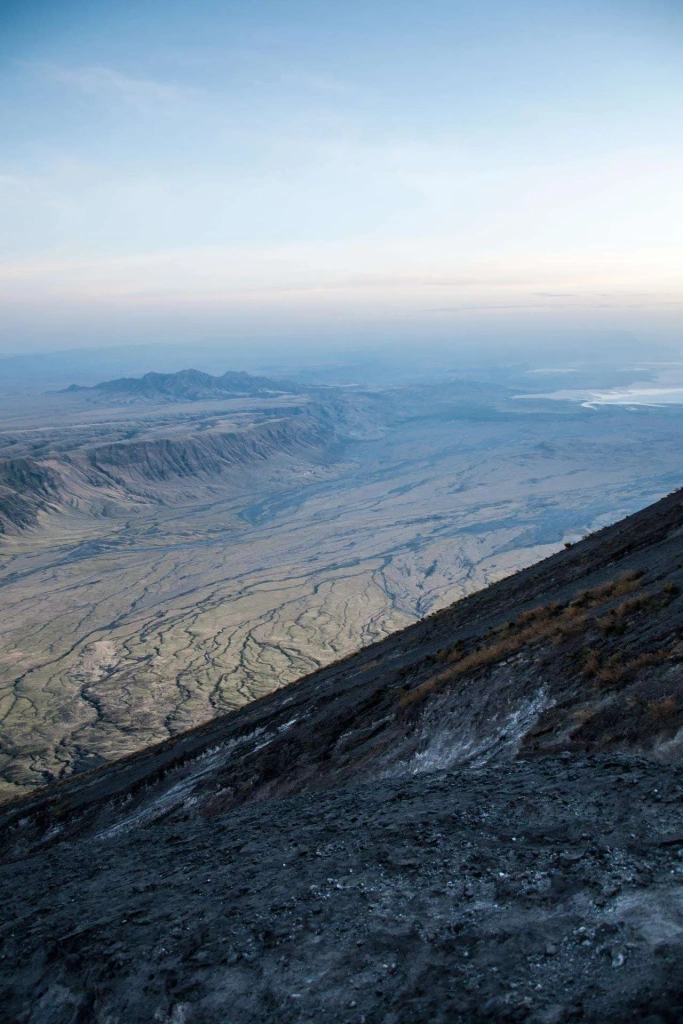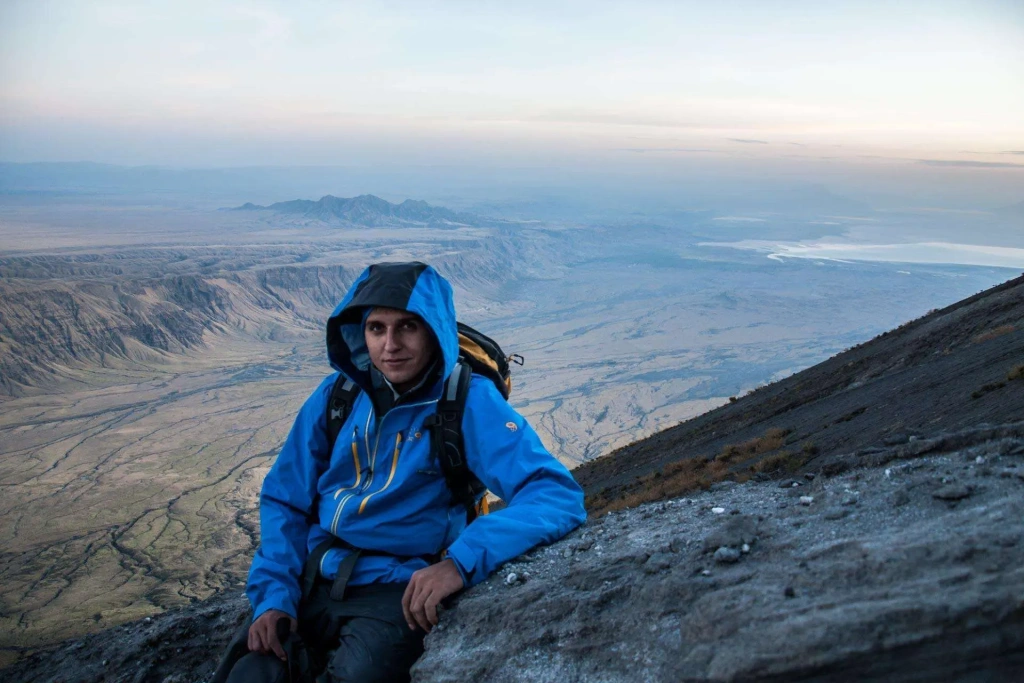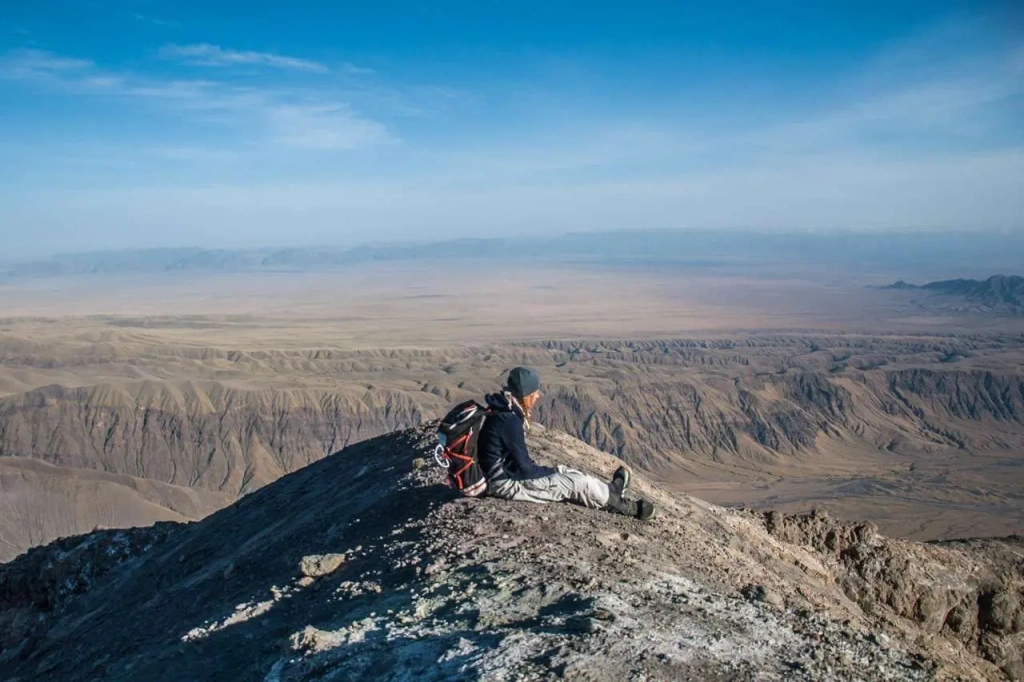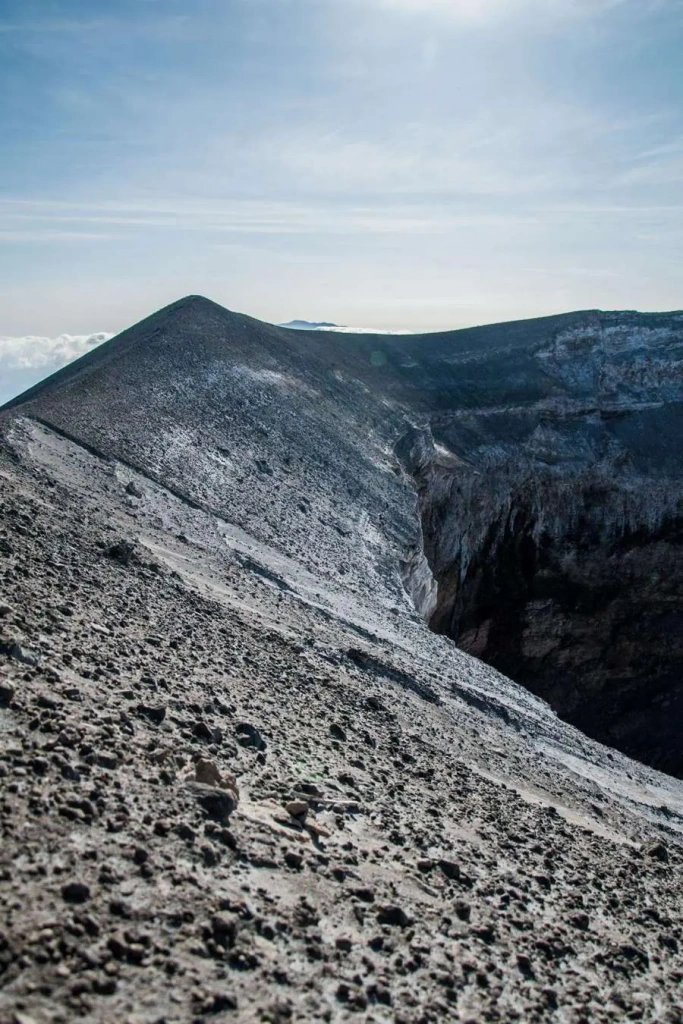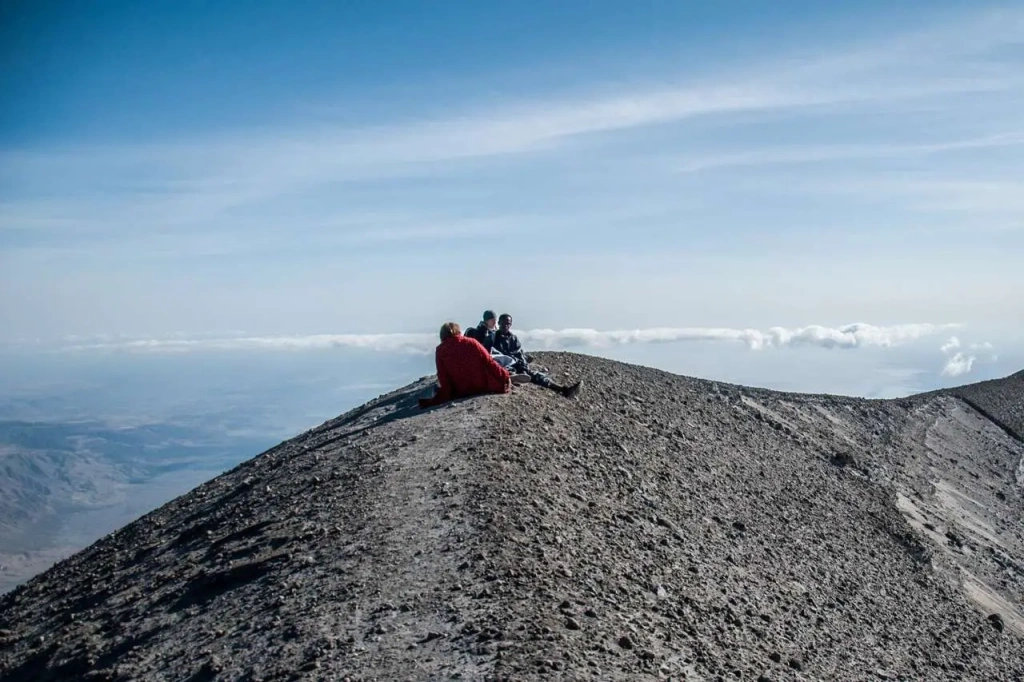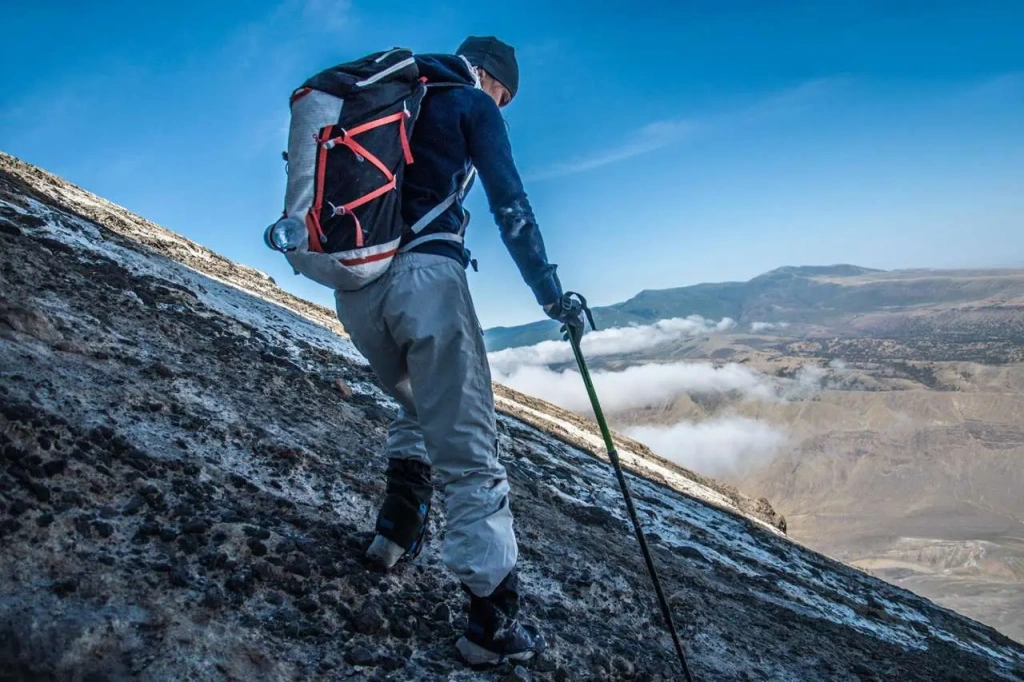Climb an Active Volcano in the Heart of Tanzania
We started our expedition with Altezza Travel on a wonderful safari in the Serengeti. After the game drive, we decided not to relax, but instead to climb an active volcano. The incredible Ol Doinyo Lengai volcano is situated in the Lake Natron area. Its name means “The Mountain of God” in the local Maasai language. Altezza Travel organized our transportation to and accommodations in Lake Natron, as well as handled all the particulars to ensure we could safely climb the volcano.
We stayed at Lengai Lodge: basic and somewhat rugged accommodations, but with a spectacular view. The Lake Natron area has a limited selection of guest houses in general and very few options of lodges or high-end hotels. This remote location offers the beauty of nature - pure and unspoiled - but without the luxuries of more developed areas.
We arrived early and had the afternoon to rest. My companion and I decided to stretch our legs on a short excursion to Ngare Sero Waterfall. We also visited Lake Natron’s shore which is colored pink by thousands of flamingos. This area is off the beaten path and retains its rugged beauty. It is not uncommon to see giraffe hiding in the acacia groves or zebra roaming the mudflats around the Lake.
Lake Natron is not only home to beautiful nature, but also hosts a large Maasai community. The Maasai are a well-known tribe originating from Tanzania and Kenya who maintain a traditional way of life. The Maasai are of particular interest to my travel companion, Dmitry, so much so that he challenged himself to climb Ol Doinyo Lengai in traditional Maasai dress.
He was outfitted in complete Maasai fashion: a type of cloak composed of two pieces of cloth called ‘shukas’; sandals made from recycled tires; a small machete; a walking stick; and a belt. Apparently, that’s all one needs for a successful climb!The climb is a night hike, and groups begin the journey to reach the top of the Mountain of God in the dark. It is a unique experience hiking at night, with only a few feet before your shoes illuminated.
The hike began at the base of Ol Doinyo Lengai, at an altitude of 1100 meters (3600 ft) already. I was prepared with thermal layers and a heavy jacket, while Dmitry, of course was wearing only traditional Maasai dress. We both had our headlamps; an essential item for night hikes. The full height of the volcano is just under 3,000 meters (9718 ft), hence, we would be climbing close to a vertical 2,000 meters (6500 ft) to reach the crater at the top, most of that time in the dark with only the light of our headlamps.
As the climb became steeper, Dmitry had a more difficult time. His tire sandal had broken and he was hiking in just his socks. The wind was blowing and he had nothing under that cloth ‘shuka’ to keep him warm, but he continued to push forward.
We caught the first light of dawn at approximately 2,600 meters (8500 ft), and looked back for a glimpse of a truly incredible view of the African landscape below.
With the increased visibility I could see a rock tower ahead: this was our goal. However, it seemed like a trick, because no matter how many steps I took it I could not gain any distance on this large rock.
This part of the climb is the most challenging due to the extreme incline and the slippery volcanic ash. While I have solid experience climbing mountains and do not use trekking poles, there were places where I had to climb on all fours. I utilized the ‘scramble’ method and crawled on my hands and knees in some areas.
As we approached the crater, there was an increase of an unpleasant sulfur smell. This is fumarole gas, emitted through vents near the crater and was a sign we were getting closer to our goal. As with all active volcanoes, it is important to remember that carbon dioxide is being expelled all around. During our climb, we had a continuous wind that safely distributed it for us, but climbers should use caution in any dips or gorges that block the flow of wind.
At last, we reached the top! In time for a glorious sunrise and view unlike any other. We spent some time viewing the remarkable caldera at the peak of Ol Doinyo Lengai. While hikers are able to cross over to the caldera itself, they must exercise caution because it is composed of ash and is expected to eventually collapse.
The view from the top is absolutely worth the challenge of the steep climb. Climbers earn panoramic scenes of fantastic African landscapes, an eagle’s perspective of the entire Lake Natron region; all with the hum of lava in the background.
Perhaps the most difficult part of conquering Ol Doinyo Lengai is the descent. After our trek up through the night, we were not only tired and dreaming of a hot shower, but our tired legs were forced to walk at a slow pace. The incline that caused me to scramble up challenged my balance on the way down.
We continually checked our altimeters, calculating how much further we had to reach the bottom and get our well-deserved rest. In the end, we all made it down safely. While the climb took us 9 hours to complete, I believe Dmitri’s Maasai clothing challenge delayed us. I am sure the climb could be completed in 6 or 7 hours for those who are in good physical condition.
Since conquering The Mountain of God, we’ve established the tradition that every new member of our team must climb Ol Doinyo Lengai, unaided, before a Kilimanjaro climb. There is no other way except by one’s own strength. Challenge yourself to climb an active volcano in Tanzania, with Altezza Travel.
All content on Altezza Travel is created with expert insights and thorough research, in line with our Editorial Policy.
Want to know more about Tanzania adventures?
Get in touch with our team! We've explored all the top destinations across Tanzania. Our Kilimanjaro-based adventure consultants are ready to share tips and help you plan your unforgettable journey.
















